Enjoy Your Summer Garden — Here's What to Do in July
It's hot outside, and in the midst of planning your Fourth of July barbecue and prepping the pool for months of heavy use, remember that your plants are also waiting for a cool summer drink. Water, prune, feed and plant; before you know it fall will be here. And while you're doing all that, enjoy your summer garden too, admiring your edible bounty while keeping an eye out for any signs of plant stress.
From New England to the American Southwest, our regional garden guides take the guesswork out of summer garden maintenance so you can spend more time savoring that mojito. Here's what to do in your garden this July, by U.S. region.
Find your July garden checklist:
California | Central Plains | Great Lakes | Mid-Atlantic | Northeast
Pacific Northwest | Rocky Mountains | Southeast | Southwest | Texas
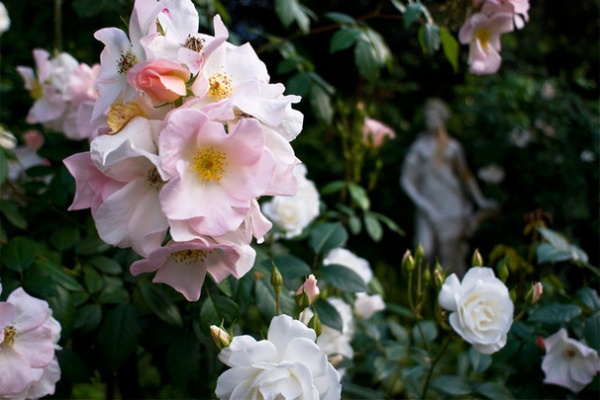
Northwest. "As rose blooms fade and the petals turn brown, it's important to deadhead, or trim off the old blooms," writes landscape designer Genevieve Schmidt.
"By pruning off these old blossoms, you direct the rose to continue blooming throughout the summer. Simply cut off the spent flower or flower cluster right above a leaf with five leaflets. It's best to choose an outward-facing leaf, because the rose will grow a new shoot from the dormant bud hidden at the base of the leaf."
Get her Northwest July checklist | More rose pruning tips
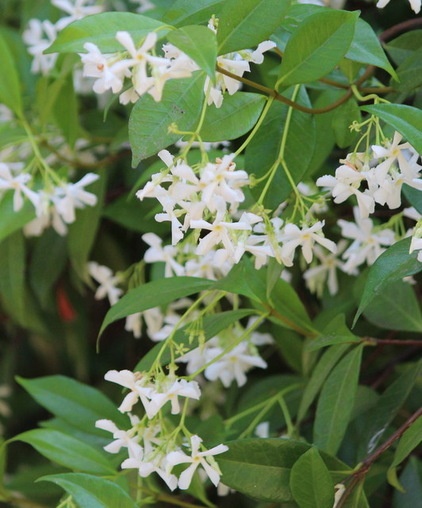
California. "Along with gardenias, there are other ways to perfume a summer garden. Just about all of them are less demanding," writes garden editor Bill Marken.
"Most versatile and easiest to grow of all the scent makers is the old reliable star jasmine, shown here, one of California's most widely used evergreen plants for generations. Grow it as a vine, as a ground cover, in a pot — wherever you want all-year good looks and summer perfume."
Get his California July checklist | More summer tips for the California garden
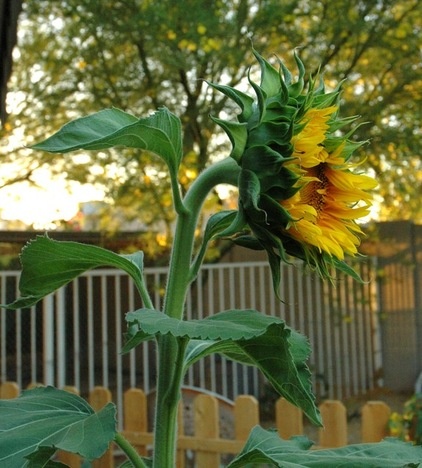
Southwest. "Plant sunflowers throughout the summer for beauty and temporary shade," says Arizona horticulturalist Noelle Johnson. "Sunflowers are easy to grow from seed throughout the summer. They are a great way to provide shade for edibles like cucumber and tomato plants."
Get her Southwest checklist
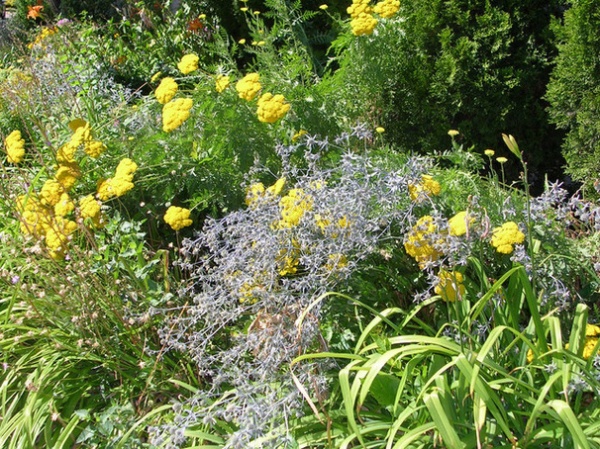
Rocky Mountains. "Hot, dry, windy weather can be tough on plants, but it’s important to be water wise in the arid West," writes Colorado landscape designer Jocelyn Chilvers. "Adjust your irrigation system as needed to make sure that plants are getting enough water, but not wasting water. The key is to target water in the plant’s root zone instead of broadcast watering."
Get her Rocky Mountains July checklist
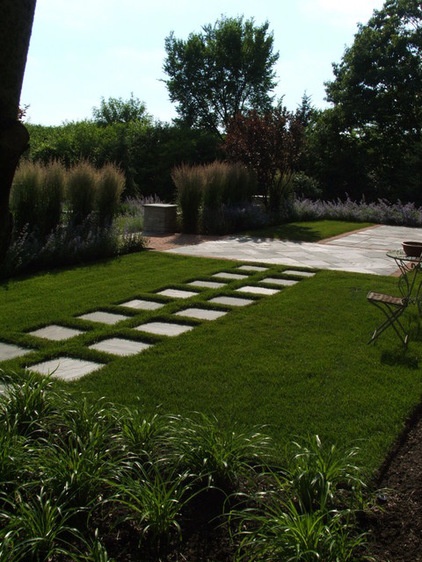
Texas. "Water less often but more deeply to encourage deep grass roots; they will come in handy during our typically dry summers," writes Texas landscape designer Jenny Peterson.
"Always follow any water restrictions or watering guidelines for your area, but consider adding a rain sensor to your automatic irrigation system. It will automatically turn off your system if you've had rain so your lawn is not overwatered."
Get her Texas July checklist
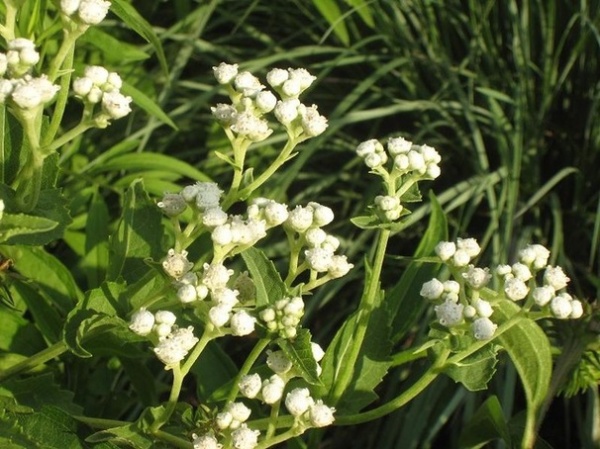
Central Plains. "Let's go on a mini flower tour of what could be blooming in a Central Plains native plant garden," writes Nebraska garden consultant Benjamin Vogt. "This is wild quinine (Parthenium integrifolium, zones 4 to 8), a 3-foot by 3-foot perennial with long-lasting white mini-cauliflower blooms. I use it because it's just so darn unique — have you ever seen flowers like this? Wild quinine grows in dry to medium soils of any kind in full sun."
Get his Central Plains July checklist
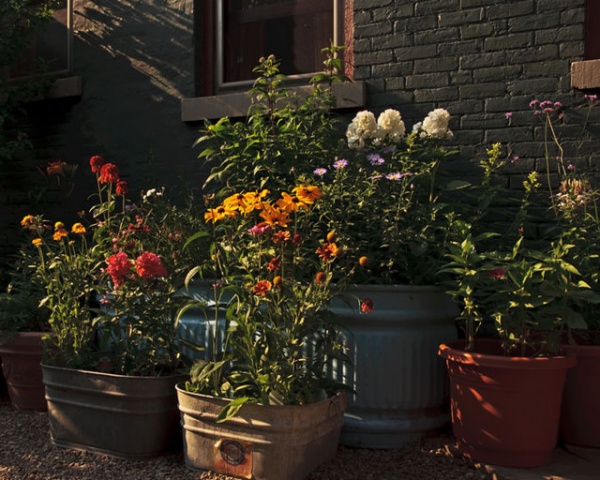
Great Lakes. "With the highest temperatures of the year coming, it's more important than ever to keep containers well watered," writes Illinois garden coach Barbara Pintozzi. "On the hottest days, they may need to be watered more than once a day. Remember, smaller containers and hanging baskets dry out faster than large containers."
Get her Great Lakes July checklist
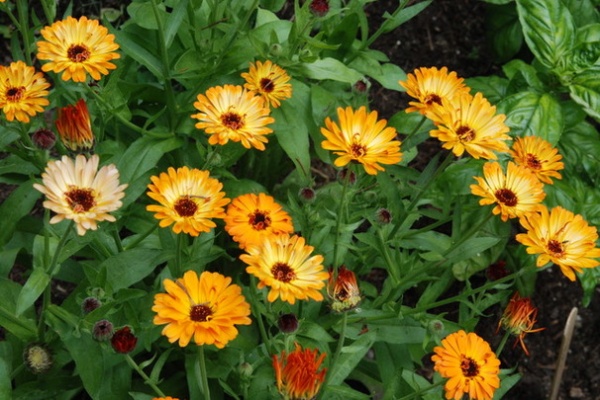
Northeast. "My vegetable garden is full of flowers, because I want to have some color accenting all the basil, lettuce and tomatoes, and the flowers will help draw pollinators and butterflies, too," writes Vermont landscape consultant Charlotte Albers.
"Calendula is easily grown from seed and self-sows readily — this is semidouble C. 'Flashback' (Calendula officianalis) from Renee's Garden. It's a very pretty shade of orange. I use the petals to garnish salads and cut the flowers for festive bouquets, adding white shasta daisies and zinnias."
Ger her Northeast July checklist
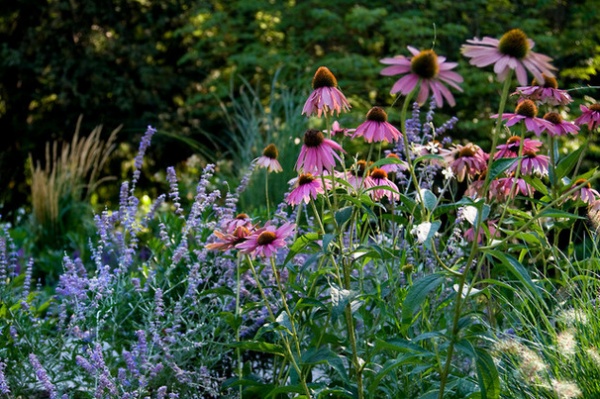
Mid-Atlantic. "Whether you are snipping coneflowers for arrangements, gathering lavender for bath salts or finishing up the basil, July is a month of abundance," writes garden writer Amy Renea. "Keep deadheading and snipping leafy herbs for more production into fall, and keep thug weeds such as bindweed out of the garden. "
Get her Mid-Atlantic July checklist
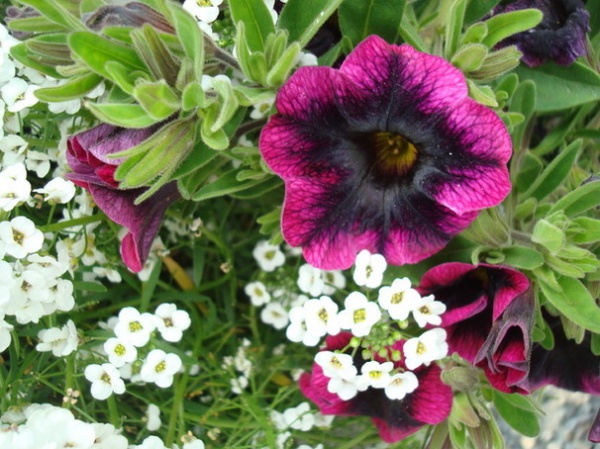
Southeast. "Cut back summer annuals so they don’t get leggy," suggests North Carolina garden writer Helen Yoest. "A good time to do this is right before you go on vacation; this way, you will be gone as the plants get a fresh start. Petunias benefit from this kind of summer pinch. This cutback from the ends of the stems encourages branching, resulting in a bushier plant."
Get her Southeast July checklist
More: See more regional gardening guides












